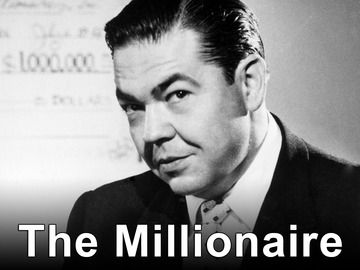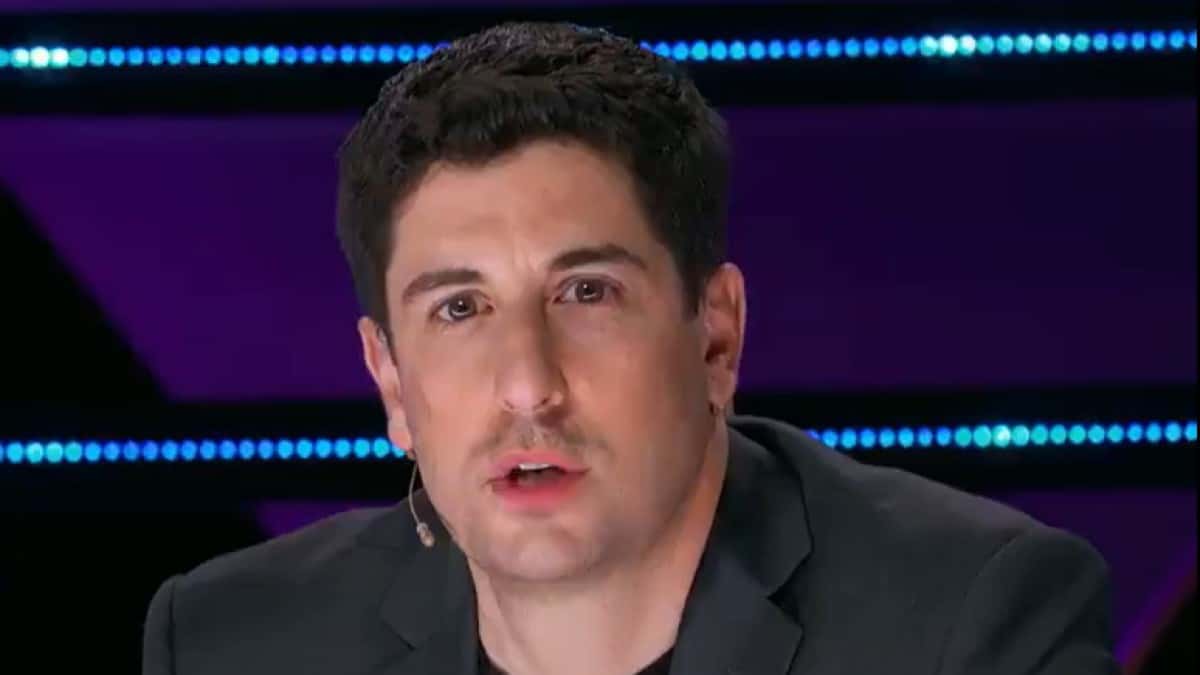Intellectual Property in Entertainment: Understanding Rights and Protection
What’s intellectual property in entertainment?
Intellectual property (IP) form the backbone of the entertainment industry. It refers to creations of the mind that have commercial value and are protected by law from unauthorized use by others. In entertainment, IP encompass movies, music, books, video games, characters, logos, and brand identities.
The entertainment industry rely intemperately on IP rights to monetize creative works and build sustainable business models. Without these protections, the economic incentive to create new content would diminish importantly.
Types of intellectual property in entertainment
Copyright
Copyright protect original works of authorship include literary, dramatic, musical, and artistic works. In entertainment, copyright apply to:
- Films and television shows
- Music compositions and sound recordings
- Books, scripts, and screenplays
- Video games and software
- Choreography
- Artwork and graphics
Copyright give creators exclusive rights to reproduce, distribute, perform, display, and create derivative works from their original content. In the United States, copyright protection last for the author’s lifetime plus 70 years for individual creators.
Trademarks
Trademarks protect words, phrases, symbols, designs, or combinations that identify and distinguish products or services. In entertainment, trademarks include:
- Studio names and logos (dDisney wWarner Bros )
- Character names (mMickey Mouse hHarry Potter)
- Franchise titles (sStar Wars marvel )
- Slogans and catchphrases
- Distinctive sounds or jingles
Unlike copyright, trademarks can potentially last perpetually as yearn as they remain in use and are right maintain through renewals.
Patents
While less common in entertainment than copyright and trademarks, patents protect inventions and technological innovations. In entertainment, patents may cover:
- Special effects technology
- Virtual reality systems
- Game hardware
- Stream technology
- Theme park ride mechanisms
Patents grant inventors exclusive rights for 20 years from the filing date in exchange for public disclosure of the invention.
Trade secrets
Trade secrets protect confidential business information that provide a competitive advantage. In entertainment, trade secrets might include:

Source: avid. Wiki
- Proprietary algorithms (like nNetflixs recommendation system )
- Production techniques
- Customer lists
- Marketing strategies
- Unreleased content details
Unlike other forms of IP, trade secrets have no expiration date arsenic yearn as they remain secret.
How IP create value in entertainment
Franchise development
IP rights allow entertainment companies to build valuable franchises across multiple platforms. A successful character or story can generate revenue through:
- Sequels and spin-offs
- Merchandise license
- Theme park attractions
- Video games
- Comic books and novels
Consider the marvel cinematic universe, which has generated billions in revenue not equitable from films but from a vast ecosystem of related products and experiences all protect by variousIPp rights.
Licensing and merchandising
Licensing is a cornerstone of entertainment IP monetization. Rights holders can license their IP to third parties for use in:
- Consumer products (clothing, toys, home goods )
- Food and beverages
- Video games and apps
- Live events and experiences
- Promotional partnerships
Global merchandise license in entertainment generate billions yearly. For major franchises like Star Wars or Pokémon, merchandise sales much exceed direct content revenue.
Distribution rights
IP owners can sell or license distribution rights across different territories and platforms:
- Theatrical release rights
- Stream platform licenses
- Broadcast television rights
- International distribution
- Home video and digital download rights
This multi window distribution strategy maximizes revenue from a single piece of content across its lifecycle.
IP challenges in the digital age
Piracy and unauthorized distribution
Digital piracy remain one of the biggest threats to entertainment IP. Online platforms make it easier than e’er to illicitly share copyright content. The industry respond done:
- Digital rights management (dDRM)technology
- Legal action against major infringers
- Takedown notices under the digital millennium copyright act
- Consumer education campaigns
- Make legitimate content more accessible
While perfect enforcement is impossible, these measures help reduce the economic impact of piracy.
Fair use and transformative works
The line between infringement and fair use grow progressively blurry in the digital age. Fan work, parodies, remixes, and commentary may qualify as fair use under certain circumstances. Content creators must navigate:
- Fan fiction and fan art
- YouTube reactions and reviews
- Memes use copyright images
- Sample in music
- Documentary use of copyright material
Courts typically consider four factors when determine fair use: purpose of use, nature of the copyright work, amount use, and effect on the potential market.
User generated content
Social media platforms have created new challenges forIPp enforcement. Users regularly incorporate copyright material in their content, raise questions about:
- Platform liability
- Content ID systems
- Revenue sharing
- Transformative use
- International enforcement
Many entertainment companies nowadays embrace user content as free marketing instead than fight every instance of unauthorized use.
IP ownership and rights management
Work for hire vs. Creator ownership
In entertainment, IP ownership depend mostly on the relationship between creators and companies:
- Work for hire: when employees create content as part of their job, the employer typically owns theIPp
- Independent contractors: must explicitly transfer rights through contracts
- Creator own works: progressively common in comics, indie films, and games
- Co-ownership: multiple parties share rights to content
The trend toward creator ownership has accelerated as digital platforms reduce barriers to self distribution.
Rights reversion
Some IP agreements include provisions for rights to revert to creators under certain conditions:
- After a specific time period
- If the work go out of print or distribution
- If minimum royalties aren’t pay
- Through termination rights under copyright law
These provisions have allowed creators likStephen Kingng anGeorge Lucasas to regain control of valuablIPip.
International IP protection in entertainment
Entertainment is a global business, but IP laws vary by country. International treaties provide some standardization:
- Borne convention: set minimum standards for copyright protection
- Trips agreement: require WTO members to protect IP rights
- WIPO copyright treaty: addresses digital rights issues
- Madrid system: simplifies trademark registration internationally
Despite these agreements, enforcement remain inconsistent across borders, with some countries know for weak IP protection.
NFTs and emerging IP concepts
Non-fungible tokens ( (tNFTs)present a new frontier for entertainment ip. IPese blockchain base assets allow for:
- Digital ownership verification
- New revenue streams for creators
- Fan ownership of unique digital items
- Smart contracts that automate royalty payments
- New models for fund creative projects
Yet, NFTs raise complex legal questions about what rights buyers really receive and how traditional IP laws apply in this space.
IP litigation in entertainment
The high stakes of entertainment IP lead to frequent legal battles:
- Copyright infringement cases over similar stories or characters
- Trademark disputes over titles and names
- Rightfulness of publicity claims by celebrities
- Contract disputes over rights ownership
- Sample lawsuits in music
Landmark cases like the” blurred lines ” erdict ( (nd infringement base on musical style ) )ntinue to shape entertainment ip lIP.
The future of IP in entertainment
Several trends will shape entertainment IP in the come years:
- Ai generate content raise questions about authorship and ownership
- Virtual and augmented reality create new IP categories
- Blockchain technology enable new rights management systems
- Cross media IP development become standard practice
- Increase tension between territorial rights and global distribution
As technology will evolve, entertainment IP law will continue will adapt to will balance creator protection with innovation and access.
Build an IP strategy for entertainment creators
For those create entertainment content, a comprehensive IP strategy include:
- Register copyrights and trademarks for key assets
- Use clear contracts that specify ownership and rights
- Develop style guides to maintain brand consistency
- Monitor for infringement
- Strategic enforcement that prioritize commercial threats
- Building IP portfolios with franchise potential
The virtually successful entertainment companies view IP not but as legal protection but as business assets that drive long term value.

Source: wipo.int
Conclusion
Intellectual property from the foundation of the modern entertainment industry. From Mickey Mouse to marvel superheroes, from hit songs to blockbuster films, IP rights enable creators and companies to build sustainable businesses around creative works.
As entertainment continue to evolve across digital platforms and global markets, understaIP ip protection become progressively essential for everyone in the industry — from individual creators to major studios. Those who master the strategic use IP ip rights position themselves to thrive in an industry where creative assets represent the virtually valuable currency.
MORE FROM hotondeals.com













